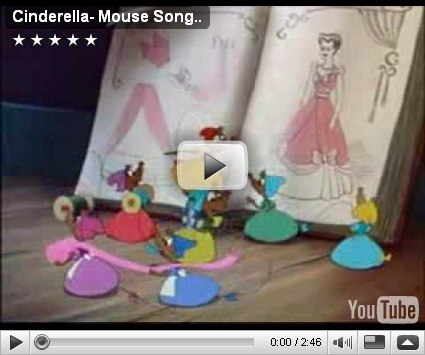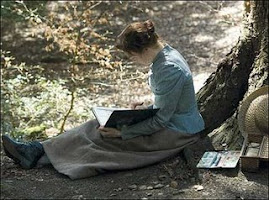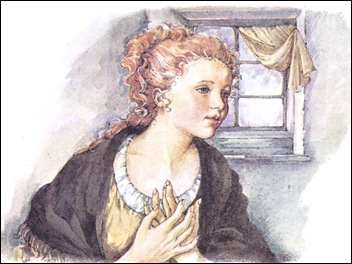 .
.
Assepoester (Frans: Cendrillon;
Engels: Cinderella; Duits: Aschenputtel) is een
oud volkssprookje dat thema's rondom onrechtvaardige
behandeling en de overwinning daarvan bevat.
In Europa zijn er vele varianten bekend.
.
Cinderella is a well-known classic folk tale embodying
a myth-element of unjust oppression/triumphant reward.
Thousands of variants are known throughout the world.
The title character is a young woman living
in unfortunate circumstances which suddenly change
to remarkable fortune. The word "cinderella" has,
by analogy, come to mean one whose attributes are
unrecognised, or one who unexpectedly achieves
recognition or success after a period of obscurity
and neglect. The still-popular story of Cinderella
continues to influence popular culture internationally,
lending plot elements, allusions, and tropes to a
wide variety of media.
.
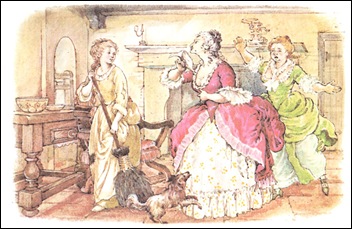 .
.
De bekendste versie van Assepoester stamt uit 1697
en is afkomstig uit de bundel Sprookjes van moeder de gans
van de Franse schrijver Charles Perrault.
Deze versie was weer gebaseerd op een literair sprookje
door Giambattista Basile (La Gatta cenerentola, 1634).
Een andere bekende versie, waarin het meisje Aschenputtel
wordt genoemd, is gepubliceerd door de Duitse gebroeders
Grimm in de 19e eeuw. Het verscheen in hun
serie Kinder- und Hausmärchen als nummer KHM21.
.
One of the most popular versions of Cinderella
was written by Charles Perrault in 1697.
The popularity of his tale was due to his additions
to the story including the pumpkin, the fairy-godmother
and the introduction of glass slippers.
It was widely believed that in Perrault's version,
Cinderella wore fur boots ("pantoufle en vair"),
and that when the story was translated into English,
vair was mistaken for verre (glass), resulting in glass
slippers and that the story has remained this way ever since.
Another well-known version was recorded by
the brothers Jacob and Wilhelm Grimm in the 19th century.
.
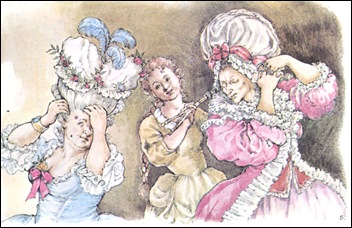 .
. .
.
Het verhaal gaat over een meisje dat verplicht wordt
al het werk te doen voor haar gemene stiefmoeder
en haar twee gemene dochters.
Omdat ze alle vuile karweitjes moet opknappen,
zoals 's ochtends het aanmaken van de haard,
wordt ze schertsend 'Assepoester' genoemd.
Als op een dag een brief van de koning beveelt dat alle
meisjes uit het hele land naar het bal moeten komen
zodat zijn zoon, de prins, kan trouwen met het meisje
van zijn dromen, blijkt nogmaals de onrechtvaardige
stiefmoederlijke behandeling van Assepoester.
De dochters van de gemene stiefmoeder krijgen
mooie jurken, Assepoester moet het met lompen stellen
en wordt zo verhinderd naar het bal te kunnen gaan.
. .
.
Een goede fee tovert haar echter een baljurk met
glazen muiltjes en tovert een pompoen en een stelletje
muizen om tot een koets met paarden.
Ze charmeert de prins uitermate, doch niemand
herkent Assepoester. Om middernacht wordt
de betovering echter verbroken en ontvlucht
zij het paleis, waarbij ze de derde nacht één van
haar glazen muiltjes verliest. De prins vindt het muiltje
en zweert dat hij het bijzondere meisje zal vinden
om met haar te trouwen.
.
 .
.
Vele meisjes proberen uit alle macht hun voet
in het schoentje te wringen, maar uiteindelijk past
alleen Assepoester de schoen. En zoals het een sprookje
betaamt, leefden Assepoester en haar prins
nog lang en gelukkig.
.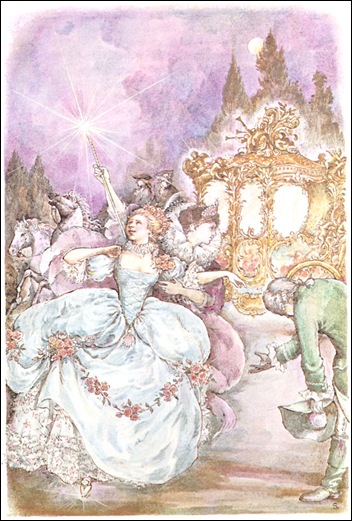 .
.
Once there was a widower who for his second wife,
married a proud and haughty woman.
She had two daughters, who were equally vain.
By his first wife, he had a beautiful young daughter
who was a girl of unparalleled goodness and sweet temper.
The Stepmother and her daughters forced the first
daughter to complete all the housework. When the
girl had done her work, she sat in the cinders, which
caused her to be called "Cinderella".
The poor girl bore it patiently, but she dared not tell her father,
who would
have scolded her; his wife controlled him entirely.
One day the Prince invited all the young ladies in the
land to a ball so he could choose a wife.
As the two Stepsisters were invited, they gleefully
planned their wardrobes. Although Cinderella assisted
them and dreamed of going to the dance, they taunted
her by saying a maid could never attend a ball.
As the sisters swept away to the ball, Cinderella cried
in despair. Her Fairy Godmother magically appeared
and vowed to assist Cinderella in attending the ball.
She turned a pumpkin into a coach, mice into horses,
a rat into a coachman, and lizards into footmen.
She then turned Cinderella's rags into a beautiful gown,
complete with a delicate pair of glass slippers.
The Godmother told her to enjoy the ball, but return
before midnight for the spells would be broken.
At the ball, the entire court was entranced
by Cinderella, especially the Prince, who never
left her side. Unrecognized by her sisters, Cinderella
remembered to leave before midnight.
When she left only at the final stroke of midnight,
she lost one of her
glass slippers on the steps of the palace in her haste.
The Prince chased her, but outside the palace,
the guards had seen only a simple country wench leave.
The Prince pocketed the slipper and vowed to find
and marry the girl to whom it belonged.
Meanwhile, Cinderella kept the other slipper,
which had not disappeared when the spell had broken.
The Prince tried the slipper on all the young women
in the land. When the Prince arrived at Cinderella's
villa, the Stepsisters tried in vain.
When Cinderella asked if she might try, the Stepsisters
taunted her. Naturally, the slipper fit perfectly, and
Cinderella produced the other slipper for good measure.
The Stepsisters begged for forgiveness, and
Cinderella forgave them for their cruelties.
.
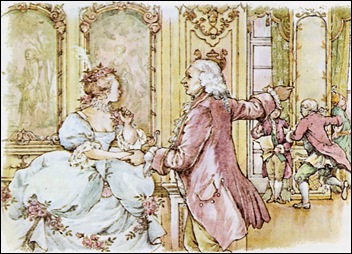 .
.
~ Tekeningen van G & S Tourret
Er is geen info bekend over deze Illustrators!
.
~ Drawings by G & S Tourret
No info known about the illustrators!
.
.
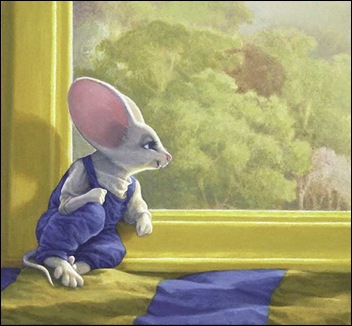 .
.  .
. 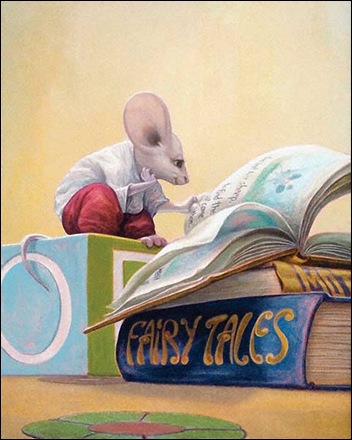 .
. 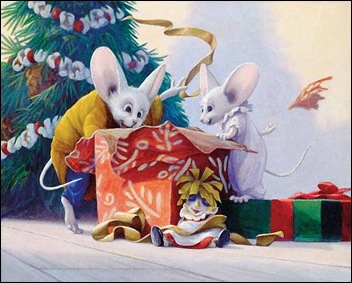 .
. 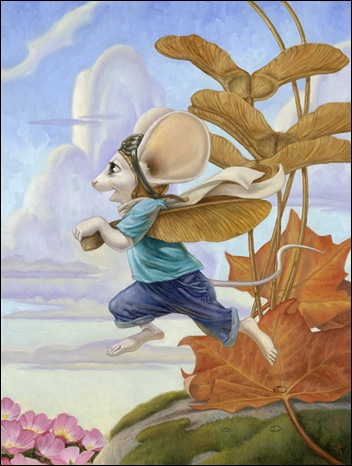 .
. 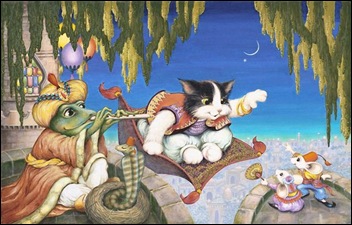 .
. 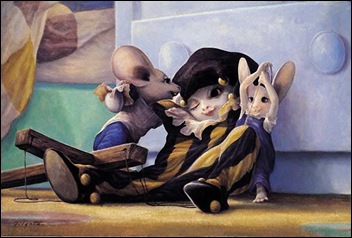 .
.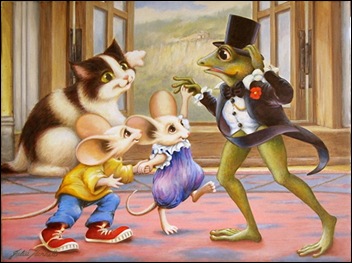 .
. 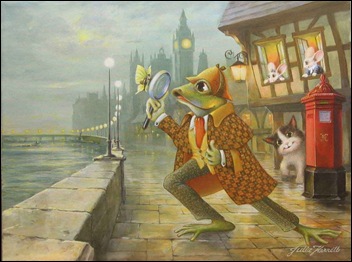 .
. 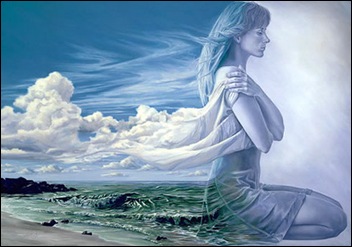
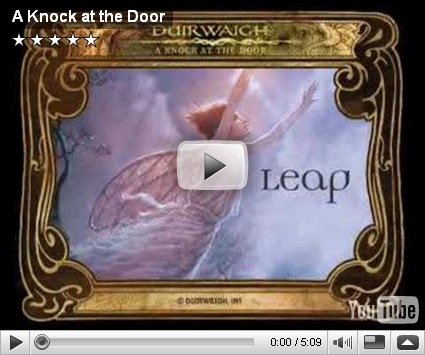
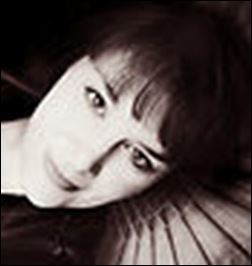
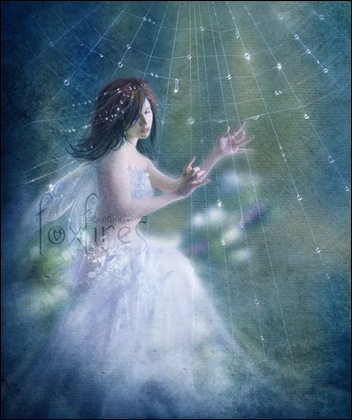
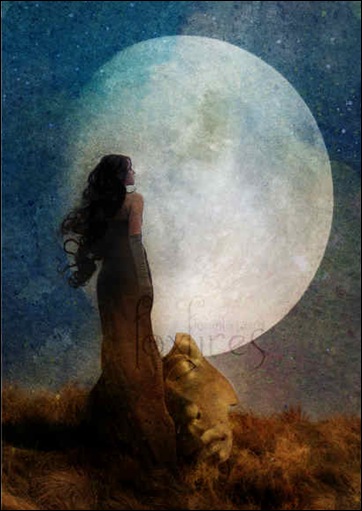
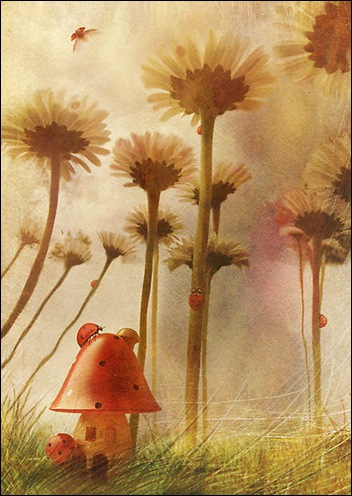
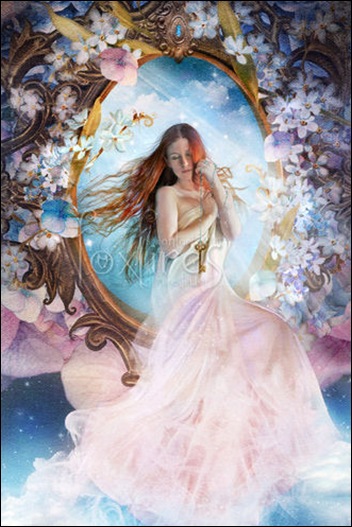
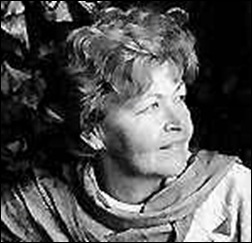
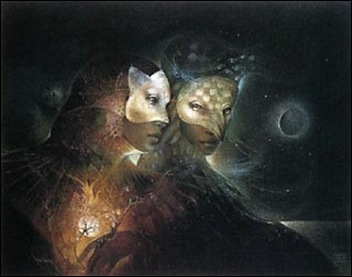
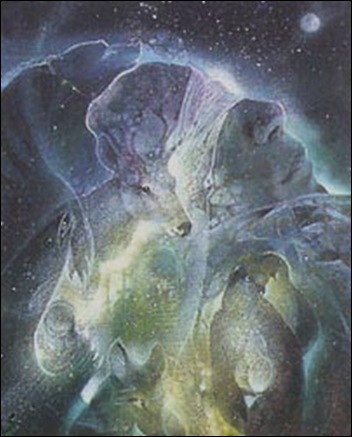
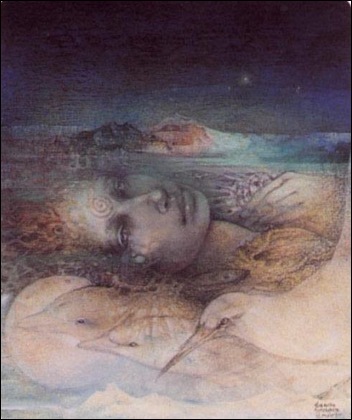
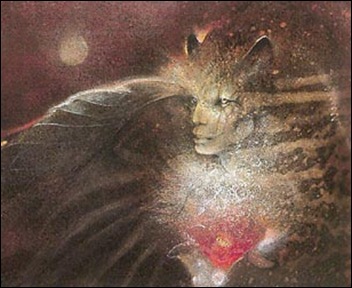
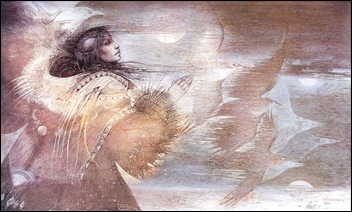 .
. 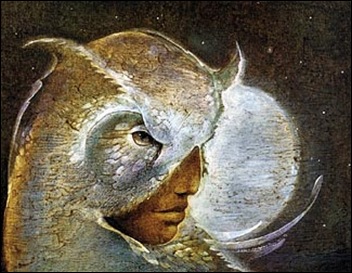 .
. 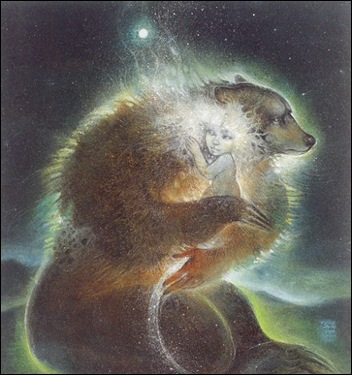 .
. 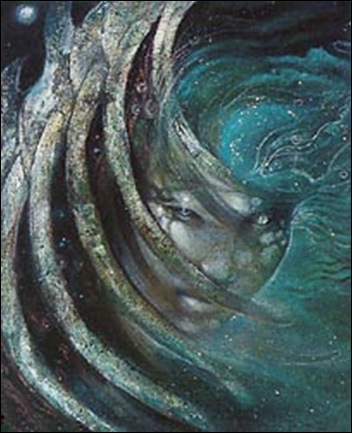
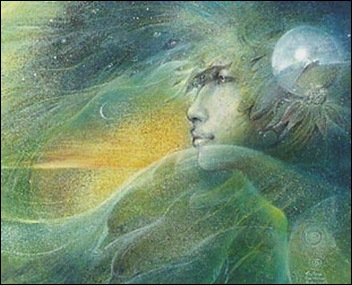
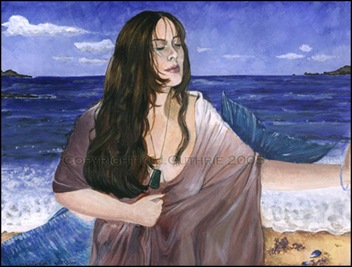
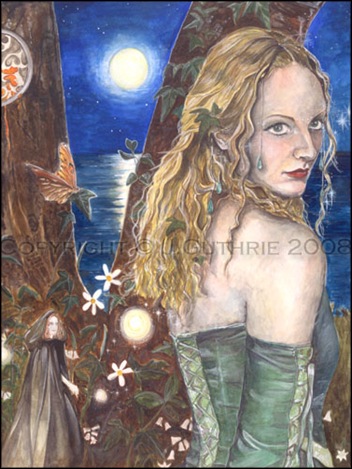
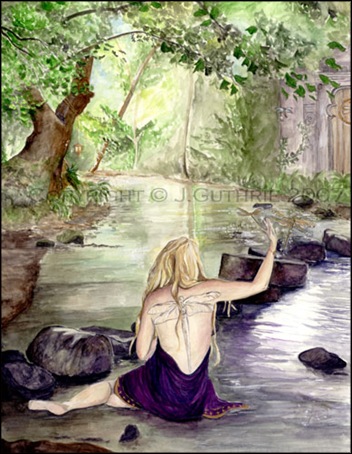
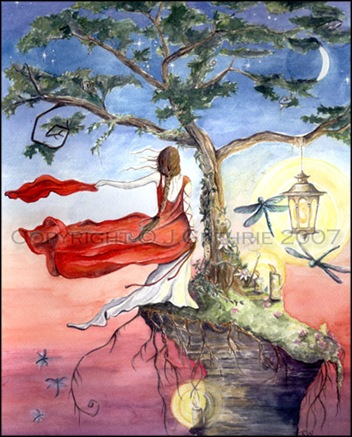
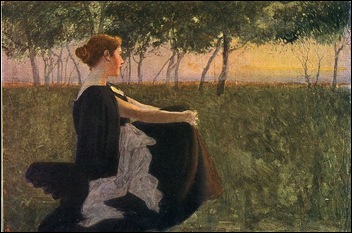
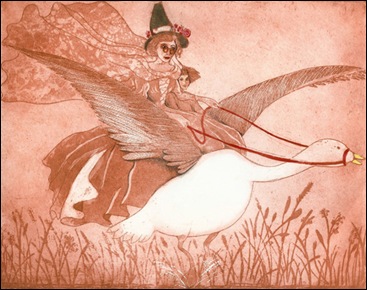
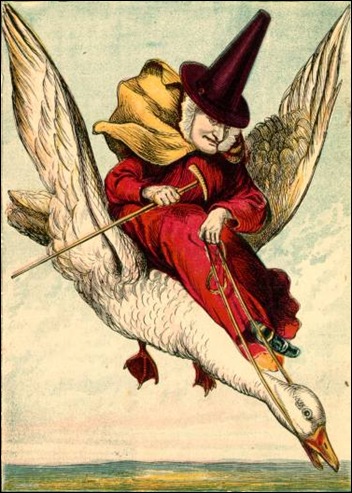
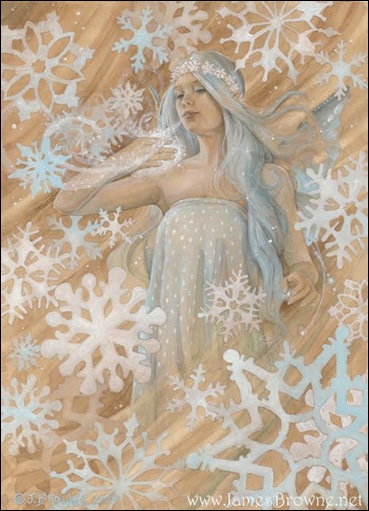

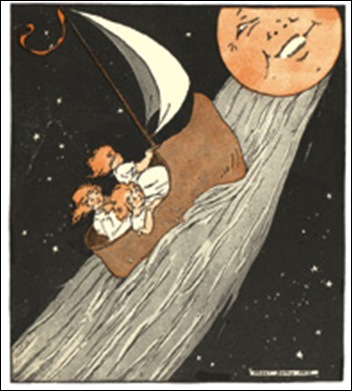 .
. 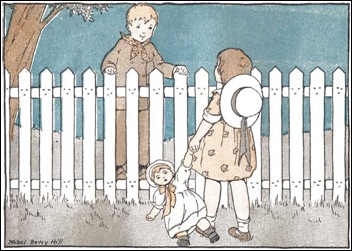

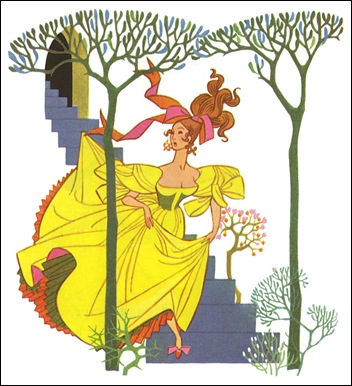
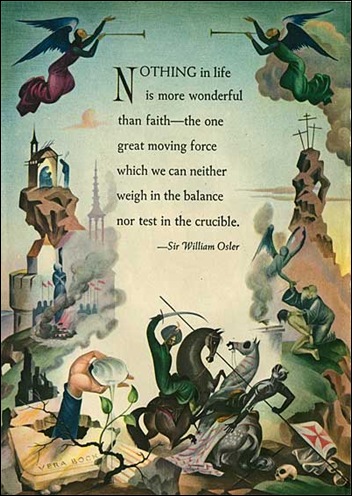





 .
. .
. 
 .
.  .
. 
